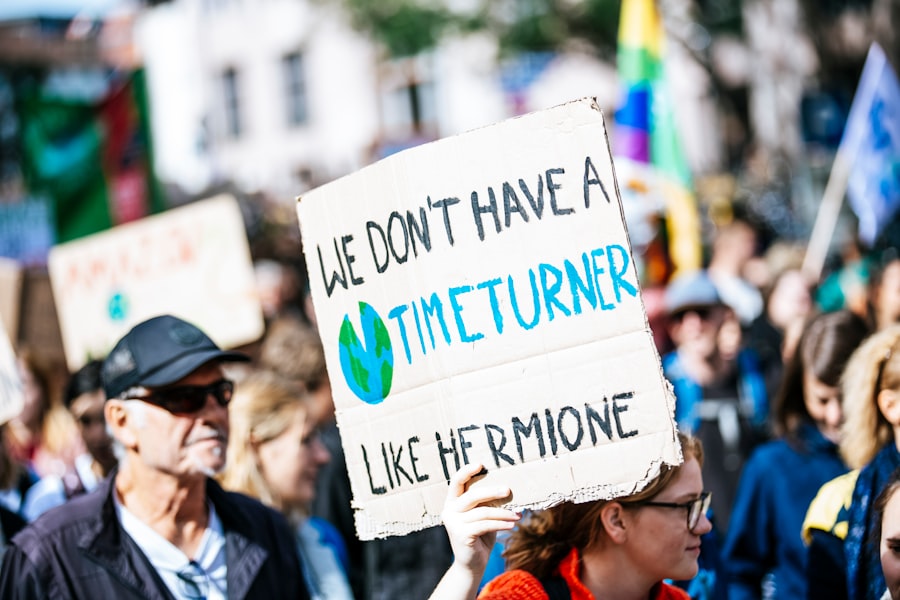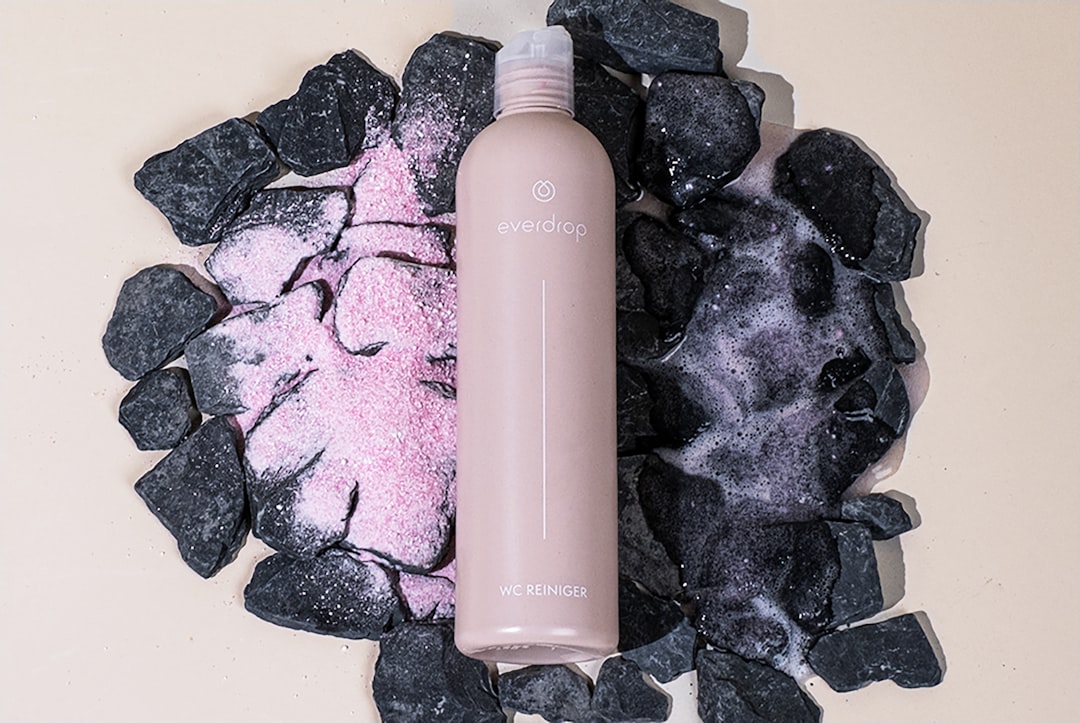Alexandrite laser treatment is a cutting-edge procedure that utilizes a specific wavelength of light to target various skin concerns, including hair removal, pigmentation issues, and vascular lesions. This laser is particularly effective due to its ability to penetrate the skin at a depth that allows for optimal results while minimizing damage to surrounding tissues. As you consider this treatment, it’s essential to understand how it works and what benefits it can offer.
The Alexandrite laser emits a beam of light that is absorbed by the melanin in hair follicles or pigmented lesions, effectively destroying them without harming the surrounding skin. The versatility of Alexandrite lasers makes them a popular choice among dermatologists and cosmetic practitioners. Whether you are seeking to eliminate unwanted hair or improve the appearance of sunspots and age spots, this laser can provide significant results.
The treatment is generally quick, with sessions lasting anywhere from a few minutes to an hour, depending on the area being treated. As you prepare for your session, it’s crucial to have realistic expectations and understand that multiple treatments may be necessary to achieve your desired outcome.
Key Takeaways
- Alexandrite laser treatment is a popular method for hair removal and skin rejuvenation, targeting melanin in the hair follicles and skin cells.
- Before the treatment, it is important to avoid sun exposure and certain medications to minimize the risk of complications and maximize the effectiveness of the procedure.
- Immediate post-treatment care involves applying soothing creams, avoiding sun exposure, and refraining from activities that may irritate the treated area.
- Long-term aftercare includes regular moisturizing, sun protection, and avoiding harsh chemicals or exfoliation on the treated area.
- Managing discomfort and side effects may involve using cold compresses, taking over-the-counter pain medication, and avoiding hot showers or activities that may increase skin irritation.
Preparing for Aftercare
Consultation and Medical History
Before undergoing the procedure, you should have a thorough consultation with your practitioner to discuss your medical history, skin type, and any medications you may be taking. This conversation will help tailor the treatment plan to your specific needs and set the stage for effective aftercare.
Pre-Treatment Preparations
You may also be advised to avoid sun exposure and certain medications, such as blood thinners, in the days leading up to your appointment to minimize risks and enhance healing. Additionally, it is crucial to gather all necessary supplies for aftercare before your treatment day. This may include soothing creams, cold packs, and sunscreen with a high SPF.
Proactive Preparation for Optimal Healing
Having these items on hand will allow you to start your aftercare routine immediately after the procedure, which can significantly impact your recovery process. By being proactive in your preparation, you can ensure that you are ready to take the necessary steps toward optimal healing.
Immediate Post-Treatment Care
Once your Alexandrite laser treatment is complete, immediate post-treatment care becomes crucial for promoting healing and minimizing side effects. You may experience some redness, swelling, or mild discomfort in the treated area, which is entirely normal. Applying a cold pack or ice wrapped in a cloth can help alleviate these symptoms and provide comfort.
It’s important to avoid using ice directly on the skin to prevent frostbite; instead, opt for short intervals of cold application. In the hours following your treatment, you should also keep the treated area clean and dry. Gently cleanse the skin with a mild soap and lukewarm water, avoiding any harsh scrubs or exfoliants that could irritate the area.
After cleansing, pat the skin dry with a soft towel rather than rubbing it. If your practitioner has recommended any specific topical treatments or soothing gels, now is the time to apply them as directed. Following these immediate care steps will help set the foundation for a smooth recovery.
For more information on post-treatment care, you can visit the Mayo Clinic’s website.
Long-Term Aftercare
| Metrics | Data |
|---|---|
| Number of follow-up appointments | 25 |
| Percentage of clients attending aftercare sessions | 80% |
| Average length of aftercare program participation | 6 months |
Long-term aftercare is essential for maintaining the results of your Alexandrite laser treatment and ensuring that your skin heals properly over time. As your skin begins to recover, you should continue to keep it moisturized with gentle, fragrance-free products. Hydration is key in promoting healing and preventing dryness or irritation.
Look for moisturizers that contain soothing ingredients like aloe vera or hyaluronic acid, which can help calm the skin and support its natural barrier. In addition to moisturizing, protecting your skin from sun exposure is critical during the healing process. The treated area will be more sensitive to UV rays, making it susceptible to pigmentation changes or sunburn.
You should apply a broad-spectrum sunscreen with an SPF of 30 or higher daily, even on cloudy days. Reapply every two hours if you are outdoors for extended periods. Wearing protective clothing and seeking shade when possible will further safeguard your skin as it heals.
Managing Discomfort and Side Effects
Managing discomfort and side effects after Alexandrite laser treatment is an important aspect of your recovery journey. While most individuals experience only mild discomfort, some may find it helpful to take over-the-counter pain relievers as recommended by their practitioner. Non-steroidal anti-inflammatory drugs (NSAIDs) like ibuprofen can help reduce inflammation and alleviate any pain you may feel in the treated area.
However, always consult with your healthcare provider before taking any medication post-treatment.
These symptoms typically subside within a few days but can be managed with cold compresses or soothing gels as mentioned earlier.
Being proactive about managing side effects will contribute significantly to a smoother recovery process.
Protecting the Treated Area

Protecting the treated area is paramount in ensuring that your skin heals properly after Alexandrite laser treatment. As mentioned earlier, sun protection is one of the most critical aspects of this process. In addition to applying sunscreen daily, consider wearing wide-brimmed hats or clothing that covers the treated area when outdoors.
This extra layer of protection will help shield your skin from harmful UV rays that can lead to complications. Moreover, avoid activities that could irritate the treated area during the initial healing phase. This includes refraining from vigorous exercise that may cause excessive sweating or friction on the skin.
Swimming in chlorinated pools or hot tubs should also be avoided until your practitioner gives you the green light. By taking these precautions seriously, you can significantly reduce the risk of complications and promote optimal healing.
Monitoring Healing Progress
Monitoring your healing progress after Alexandrite laser treatment is essential for ensuring that everything is proceeding as expected. Keep an eye on how your skin responds in the days and weeks following the procedure. It’s normal for some redness and swelling to persist initially; however, if these symptoms worsen or do not improve over time, it’s important to reach out to your practitioner for advice.
You should also take note of any changes in pigmentation or texture in the treated area as it heals. While some discoloration may occur initially due to inflammation, it should gradually fade as your skin recovers. Documenting these changes through photographs can be helpful for both you and your practitioner during follow-up appointments.
By staying vigilant about your healing progress, you can address any concerns promptly and ensure that you achieve the best possible results.
Maintenance Tips for Long-Term Results
To maintain the results of your Alexandrite laser treatment over the long term, consider incorporating a few key practices into your skincare routine. Regular follow-up treatments may be necessary depending on your individual needs and goals; consult with your practitioner about an appropriate schedule for maintenance sessions. These follow-ups can help sustain the results achieved through initial treatments and address any new concerns that may arise.
In addition to professional treatments, adopting a consistent skincare regimen at home is vital for preserving your results. This includes using gentle cleansers and moisturizers tailored to your skin type while avoiding harsh products that could irritate sensitive areas. Incorporating antioxidants into your routine can also provide added protection against environmental damage and promote overall skin health.
By committing to these maintenance tips, you can enjoy long-lasting results from your Alexandrite laser treatment while keeping your skin looking its best.
After undergoing an alexandrite laser treatment, it is crucial to follow proper aftercare instructions to ensure optimal results and minimize any potential side effects. One helpful resource for learning about post-treatment care is the article on In Laser Hair Removal’s website. This article provides detailed information on how to care for your skin after receiving an alexandrite laser treatment, including tips on moisturizing, avoiding sun exposure, and managing any discomfort. By following these guidelines, you can help your skin heal effectively and maintain the benefits of your laser treatment.
FAQs
What is an alexandrite laser?
An alexandrite laser is a type of laser that emits a specific wavelength of light (755 nm) that is used for various dermatological procedures, including hair removal, tattoo removal, and treatment of pigmented lesions.
What is alexandrite laser aftercare?
Alexandrite laser aftercare refers to the steps and precautions that should be taken after undergoing a laser treatment with an alexandrite laser. This includes caring for the treated area to promote healing and minimize the risk of complications.
What are the common aftercare instructions for alexandrite laser treatments?
Common aftercare instructions for alexandrite laser treatments may include keeping the treated area clean and dry, avoiding sun exposure, applying soothing creams or ointments, and avoiding activities that may irritate the skin, such as hot showers or vigorous exercise.
How long does it take for the skin to heal after an alexandrite laser treatment?
The healing time after an alexandrite laser treatment can vary depending on the specific procedure and the individual’s skin type. In general, the skin may appear red and swollen immediately after the treatment, and it may take several days to a few weeks for the skin to fully heal.
What are the potential risks or side effects of alexandrite laser treatments?
Potential risks or side effects of alexandrite laser treatments may include redness, swelling, blistering, changes in skin pigmentation, and in rare cases, scarring or infection. It is important to follow the aftercare instructions provided by the dermatologist to minimize these risks.






